Author of the article:
Published Jan 04, 2025 • 3 minute read

NEW YORK — New York’s much-debated plan to charge drivers to enter the centre of Manhattan is set to take effect Sunday, following years of bureaucratic and legal roadblocks.
Advertisement 2
THIS CONTENT IS RESERVED FOR SUBSCRIBERS ONLY
Subscribe now to read the latest news in your city and across Canada.
- Unlimited online access to articles from across Canada with one account.
- Get exclusive access to the Toronto Sun ePaper, an electronic replica of the print edition that you can share, download and comment on.
- Enjoy insights and behind-the-scenes analysis from our award-winning journalists.
- Support local journalists and the next generation of journalists.
- Daily puzzles including the New York Times Crossword.
SUBSCRIBE TO UNLOCK MORE ARTICLES
Subscribe now to read the latest news in your city and across Canada.
- Unlimited online access to articles from across Canada with one account.
- Get exclusive access to the Toronto Sun ePaper, an electronic replica of the print edition that you can share, download and comment on.
- Enjoy insights and behind-the-scenes analysis from our award-winning journalists.
- Support local journalists and the next generation of journalists.
- Daily puzzles including the New York Times Crossword.
REGISTER / SIGN IN TO UNLOCK MORE ARTICLES
Create an account or sign in to continue with your reading experience.
- Access articles from across Canada with one account.
- Share your thoughts and join the conversation in the comments.
- Enjoy additional articles per month.
- Get email updates from your favourite authors.
THIS ARTICLE IS FREE TO READ REGISTER TO UNLOCK.
Create an account or sign in to continue with your reading experience.
- Access articles from across Canada with one account
- Share your thoughts and join the conversation in the comments
- Enjoy additional articles per month
- Get email updates from your favourite authors
Article content
Article content
Article content
The goals of what is known as “congestion pricing” are to reduce gridlock and pollution and raise revenue for public transit. Gov. Kathy Hochul said this week that the state will push forward with the plan.
Here are some things to know if you plan to come into Manhattan by car after Jan. 5:
Will I have to pay the toll?
The toll applies to the most congested part of Manhattan, south of Central Park. It will vary depending on the time and whether a car has E-ZPass, which is an electronic toll collection system used in many states.
During peak traffic hours — that’s 5 a.m. to 9 p.m. on weekdays, and 9 a.m. to 9 p.m. on weekends — most cars, SUVs, small vans and pickup trucks during with an E-ZPass will be charged $9, once per day.
During the overnight hours, the tolls will go down to $2.25.
By signing up you consent to receive the above newsletter from Postmedia Network Inc.
Article content
Advertisement 3
Article content
Drivers without an E-ZPass will receive bills by mail and pay more: $13.50 for peak hours and $3.30 overnight.
Motorcyclists will pay half the amount that cars pay during peak. Drivers of buses and trucks, depending on their size, will pay more.
There are some exceptions. Certain emergency vehicles, school buses, people with disabilities who can’t take public transportation, and the people who transport them are all exempt. Low-income drivers who pay the toll 10 times in a month can apply for a 50% discount on trips they take the rest of the month.
There’s also a little break for those who have already paid a toll to enter Manhattan at the Lincoln Tunnel, Holland Tunnel, Queens-Midtown Tunnel or Hugh L. Carey Tunnel during peak hours. They should see a credit on their E-ZPass of up to $3 for passenger vehicles and more for trucks and buses.
Advertisement 4
Article content
Still, with tolls for bridges and tunnels from New Jersey set to go up in the new year, a driver coming via the Holland Tunnel during peak traffic could pay $22 even with the credit.
What if I take a taxi or Uber?
Passengers in taxis and for-hire vehicles will have a per-trip surcharge added to their fares for rides to, from, within or through what is known as the Congestion Relief Zone. That charge is 75 cents for people taking taxis, green cabs and black cars, and $1.50 for Uber or Lyft passengers.
Where did this come from?
Congestion pricing has long existed in other cities around the globe, including London, Stockholm, Milan and Singapore, but New York is the first U.S. city to adopt it.
It’s been floated in New York for years. Then-Mayor Michael Bloomberg suggested such a scheme in 2007, and state lawmakers approved the concept in 2019. But it has run into opposition and legal challenges from politicians, commuters and commercial drivers. A federal judge this week rejected the state of New Jersey’s 11th-hour effort to temporarily block the toll.
Advertisement 5
Article content
The idea has supporters in environmental and public transit advocates, who say encouraging people to forgo driving in favour of public transportation will reduce air pollution and help pay for the region’s subway, bus and commuter rail network. Millions of New Yorkers ride the subway system daily.
The plan stalled while awaiting a required federal environmental review during Donald Trump’s first presidential administration.
It was finally set to go into effect earlier this year — with a heftier $15 toll — but Hochul, a Democrat, abruptly halted it weeks before the launch, arguing it was too expensive.
She put forward latest plan with a lower fee in November, shortly after Trump was elected to another term, with the Republican having vowed to stop it after he returns to office on Jan. 20.
Article content
.png)
 2 days ago
17
2 days ago
17

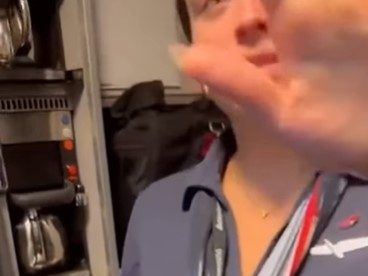
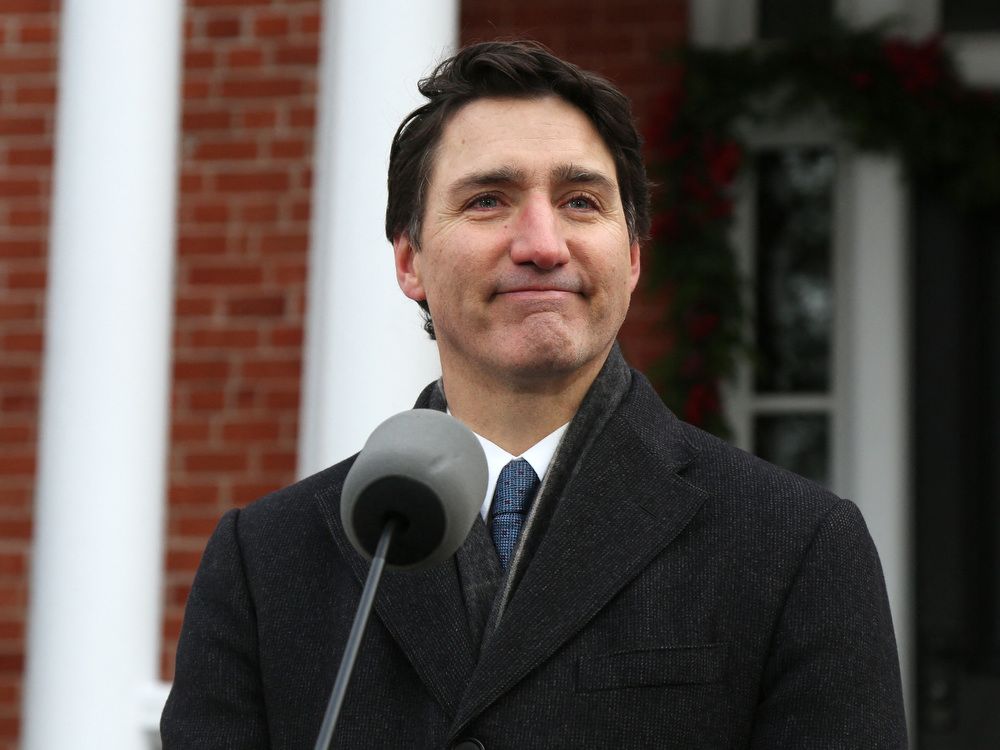

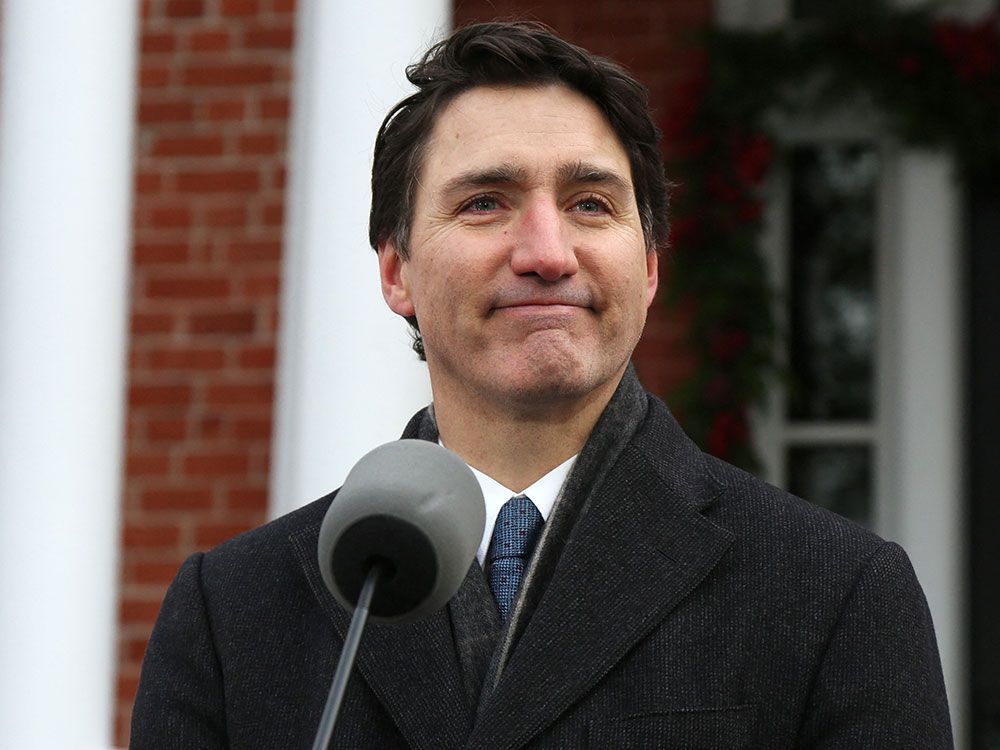
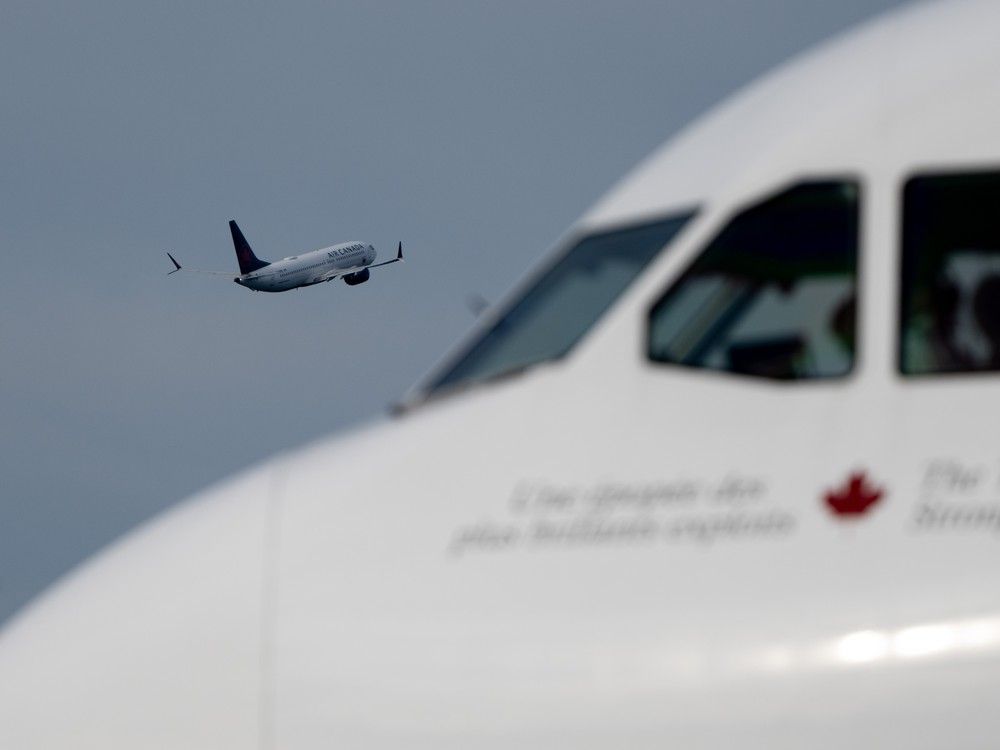


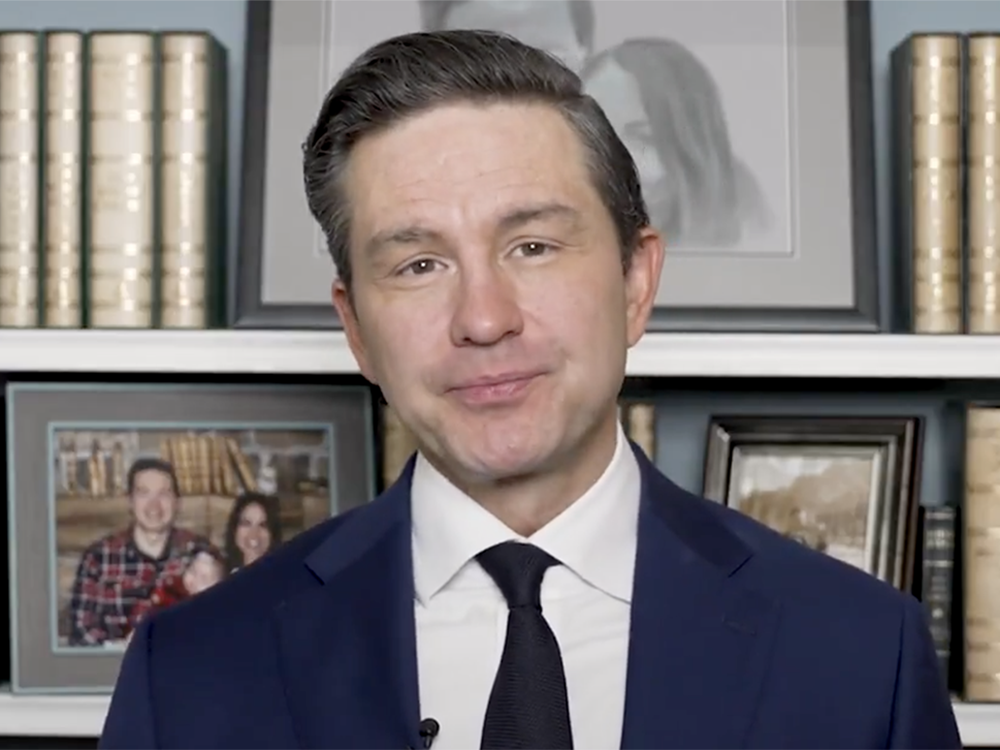

























 Bengali (BD) ·
Bengali (BD) ·  English (US) ·
English (US) ·